Acourtia wrightii, Brownfoot
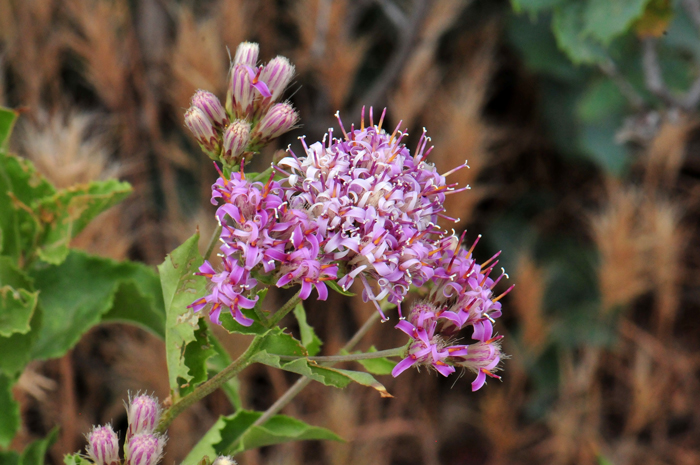
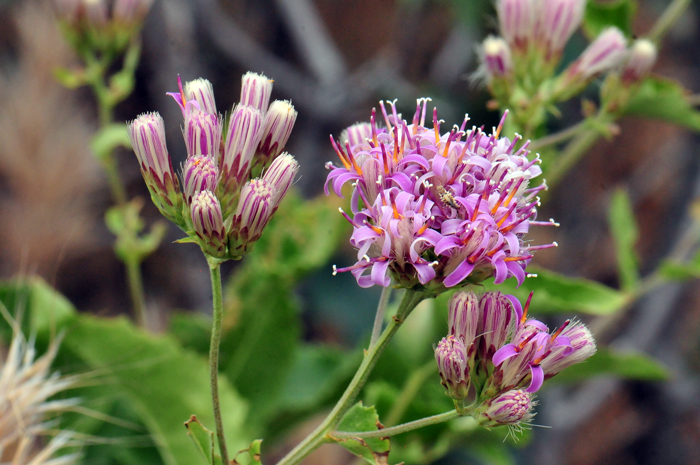
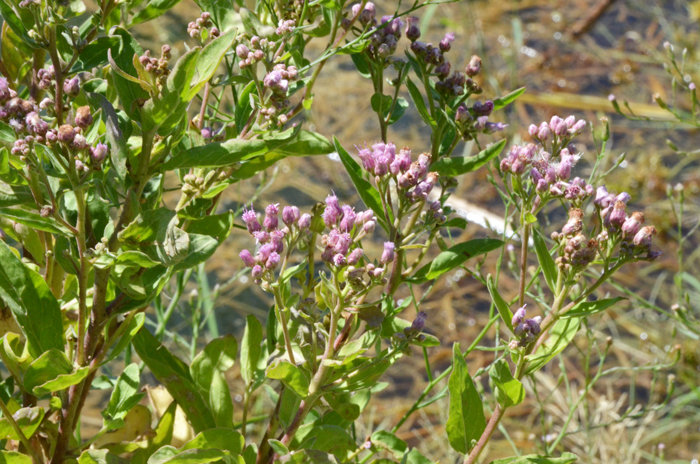
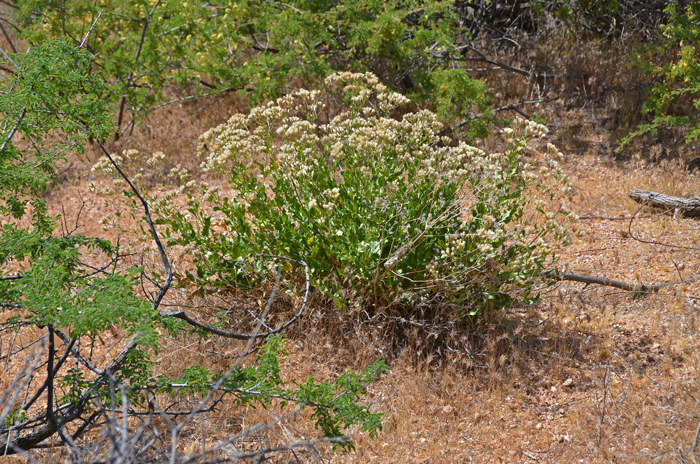
Scientific Name: Acourtia wrightii
Common Name: Brownfoot
Also Called: Pink Perezia, Wright’s Desertpeony
Family: Asteraceae, Sunflower Family
Synonyms: (Perezia wrightii, Perezia arizonica)
Status: Native
Duration: Perennial
Size: 1 to 3 feet (30-90 cm).
Growth Form: Forb/herb; more or less upright (erect), multiple stems; leaves turn brown at base or "foot" of plant thus the common name "Brownfoot".
Leaves: Green; leaves arranged alternately along the stems; leaves without stalks (sessile); leaf shape variable; bases of leaves are shaped like the head of an arrow (sagittate) or partially or completely surrounding the stem (clasping); leaf edges or margins toothed.
Flower Color: Pink or purple; heads fragrant, flower heads in dense clusters; there are 8 to 12 florets per head, in contrast to Acourtia thurberi which has 3 to 6 florets per head; the fruit is a cypsela with a pappus of bright white hairs.
Flowering Season: June to November or later; March to November in Texas.
Elevation: 1,200 to 5,000 feet (400-1,500 m) or higher.
Habitat Preferences: Upper and lower Chihuahuan and Sonoran deserts, foothills, rocky hillsides, ravines, canyons; gravel, caliche or sandy loamy soils; prairies, plains, meadows, pastures, savannas and woodlands edges and canyons in Texas.
Recorded Range: Brownfoot is found in the southwestern United States in AZ, NM, NV, TX, UT. It is also native to northern and central Mexico in (Chihuahua, Coahuila, Durango, Nuevo León, San Luis Potosí, Sonora, Zacatecas).
U.S. Weed Information: Unknown
Invasive/Noxious Weed Information: Unknown
Wetland Indicator: Unknown
Threatened/Endangered Information: Unknown
North America & US County Distribution Map for Acourtia wrightii.
North America species range map for Wright's Desertpeony, Acourtia wrightii:
North American range map courtesy of Virginia Tech, Dept. of Forest Resources & Environmental Conservation
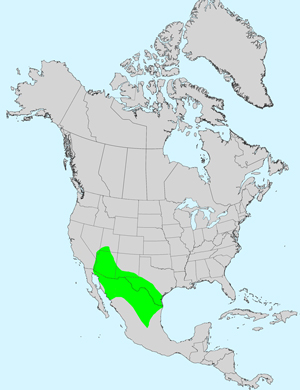
Genus Information: In North America there are 5 species and 5 accepted taxa overall for Acourtia. World wide, The Plant List includes 84 accepted species names and includes a further 30 of infraspecific rank for the genus.
The genus Acourtia was published in 1830 by David Don.
In the Southwestern United States: Arizona and Nevada each have 5 species of genus, California has 13 species, New Mexico has 7 species, Texas has 4 species, Utah has 6 species. Data approximate, subject to revision.
Comments: The common name, Brownfoot is so called because of the brown color of leaves and dense hairs at the foot of the plant. Although native in both the Sonoran and Chihuahuan deserts, Brownfoot is more of an eastern distributed Chihuahuan Desert species.
According to Arizona Flora, the roots of this plant and also those of Dwarf Desertpeony, Acourtia nana yield an acid (pipitzahoic) "which may be used in chemical analysis as an indicator of soil alkalinity"
The very similar looking Thurber Desert Holly, Acourtia thurberi, differs from Brownfoot with having only 3 to 6 flowers per head, while Brownfoot has 8 or more. A third Acourtia species native to Arizona, the smallest of the 3, Dwarf Desertpeony, Acourtia nana, grows to 6 or 10 inches (15-25 cm) high.
The specific epithet, wrightii (wright'ii:) is named to honor Charles Wright, (1811-1885).
See complete listing of ethno-botanical uses at Native American Ethnobotany, University of Michigan, Dearborn.

